It is undeniable that one of the best ways to explore a new destination is through its cuisine – trying the local fare, taking part in their food etiquette rules, culinary habits and social culture.
If you’re in new and foreign territory, it pays off to know the dining etiquette and culinary habits of the locals, so that you can be more immersive in the country and their culture and thus enjoy the whole experience better.
At home, we take our food etiquette for granted as we are so used to it. For example, in Malaysia, it is an accepted norm for Muslims to eat with their hands sometimes seated on the floor with the food in the centre. Just as a traveller new to our country may find that to be a fascinating dining etiquette, it would be the same for us if we travel to a new destination somewhere around the globe.
Doing your research ahead and knowing about the country’s food etiquette may save you from the risk of embarrassing social faux pas and also unintentionally insulting your host.
So here are the top 5 most fascinating food etiquette tips from different countries all around the world.
We hope that reading this will make you a more informed and insightful traveller and also help you to get the most out of your holiday experience!
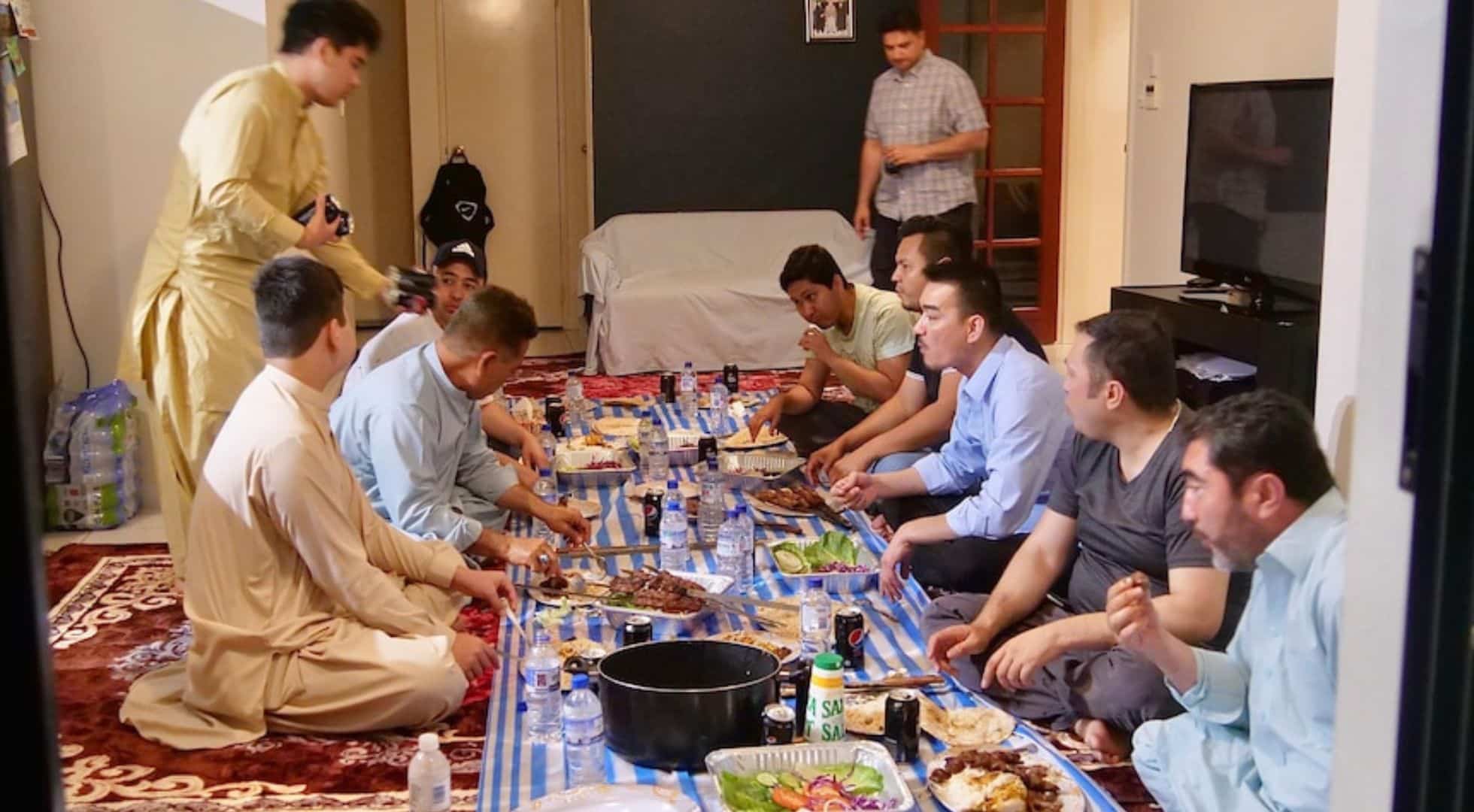
5 FASCINATING FOOD ETIQUETTE RULES FROM AROUND THE WORLD
1. China
The People’s Republic of China has major Chinese cities with millions of people; Beijing for example has a population of 21 million. With more than one-third of the world’s total population, the country has historically had problems feeding its vast population. As meat was a scarcity and considered a luxury, smaller amounts were added to rice and vegetables which were more plentiful.
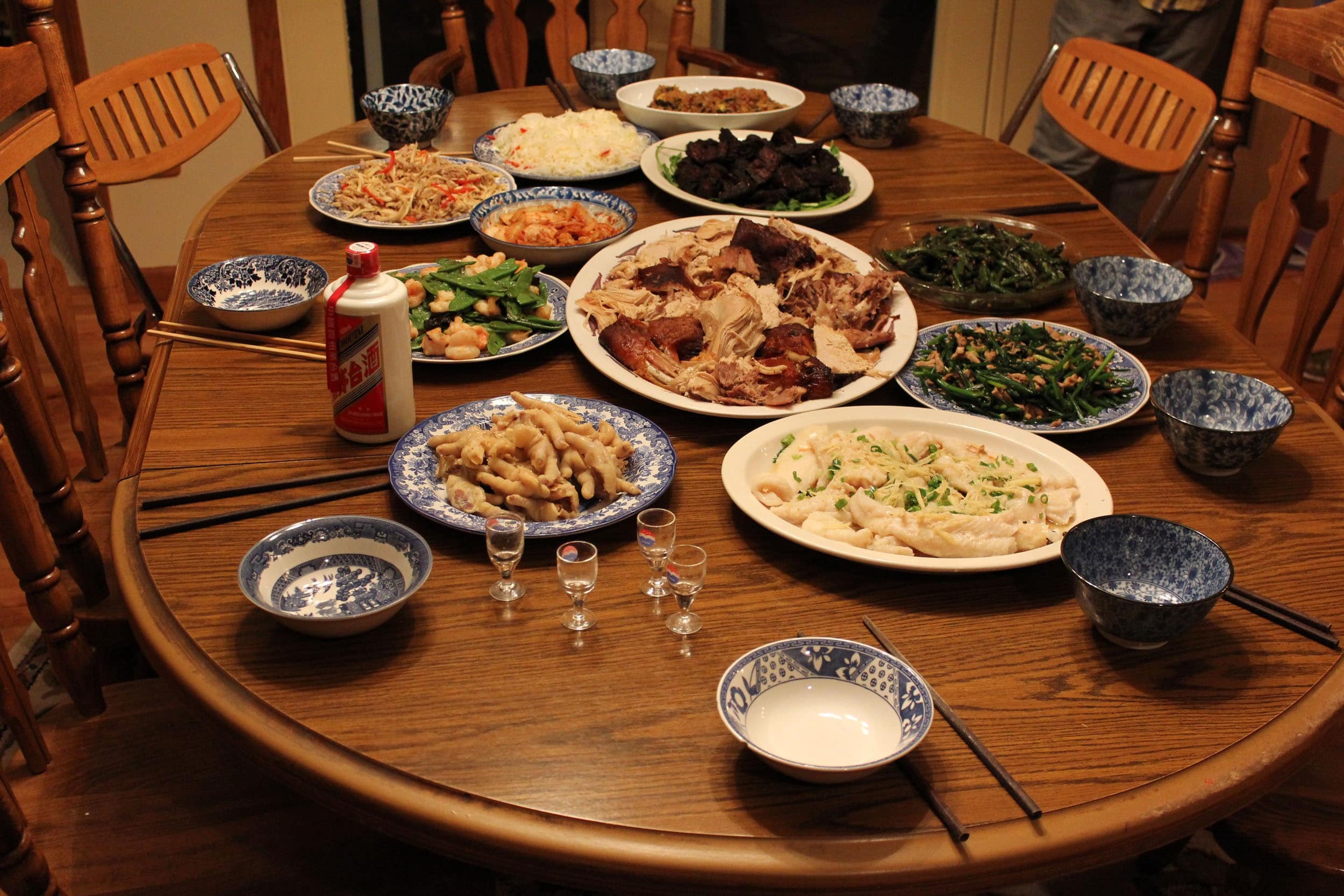
China’s Food Etiquette:
- Exotic China! This is where you can find shark fins, frogs, snakes and in some places, even dogs on the menu. Maybe politely and discreetly inquire about the meat sources if you would rather not consume a four-legged friend.
- Arrive on time when dining in China as it is considered rude to turn up late.
- Make sure you are well groomed as it is a sign of respect to your host.
- If you’re entering a home, do remove your shoes.
- Greet the oldest person in the home first.
- Do not start eating before the host.
- Good dining etiquette is to serve those around you first. For example, if pouring tea, offer it to others first.
- Feel free to say you’re full ( if you are ) as your host will feel honoured that they fed you well.
- Go ahead and slurp – in China, it is a part of their dining etiquette and an indication that you are enjoying the meal.
- Always leave a little bit of food left on your plate – if you finish and your plate is clean, it suggests that the food was not sufficient and makes your host look like they were skimping on portion sizes.
- Generally, rice is the staple at most meals as it is China’s most prominent food source. Stir-fry is a common method of cooking as it is efficient and easy. General dining etiquette deems not re-seasoning your food with soya sauce, salt or other condiments. See what others around the table do then you can follow suit.
2. India
Eating and drinking are considered a very respected and important part of Indian culture. As the country has always historically been a patriarchal society and conscious of hierarchy, you can still witness signs of this. Men are generally seen as the leaders of the family and teachers in schools are called “gurus” and considered to be the source of all knowledge. Whilst some Westerners may find some aspects of the culture offensive, it is not intended as such.
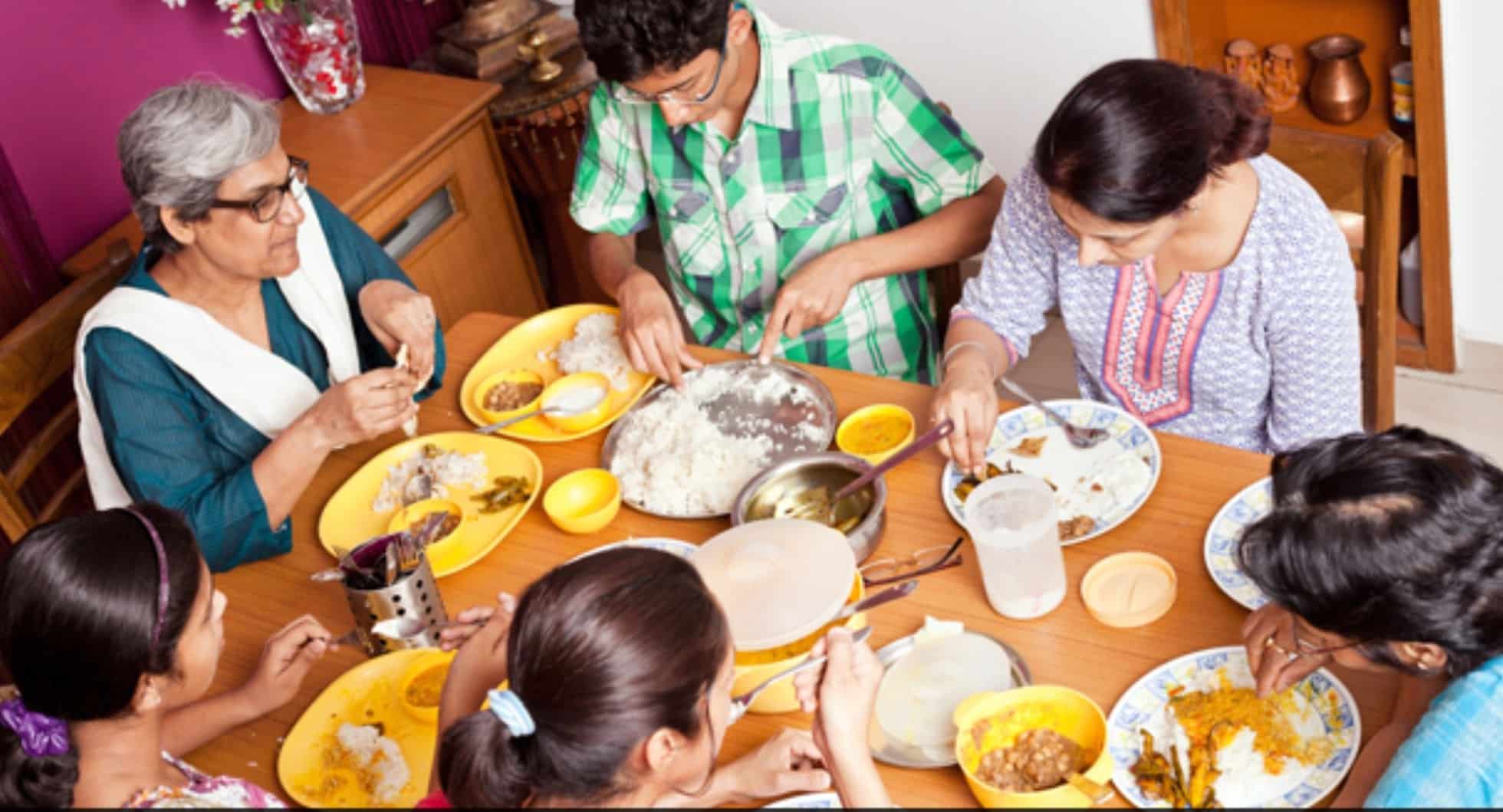


India’s Food Etiquette:
- Some of India’s dining etiquette is similar to that of China, such as greeting the most senior person first. You should also arrive on time, remove your shoes before entering the house, and leave some food on your plate, as an empty plate symbolizes that you’re still hungry.
- In India, gift-giving is considered important as it helps the transition in the afterlife, so feel free to give gifts. However, avoid giving white flowers as they are reserved for funerals. The lucky colours are yellow, red, and green.
- You may be requested to wash your hands before and after a meal, and you may be expected to eat with your right hand, although utensils may also be provided nowadays.
- The main meats served in India are chicken, fish, and lamb to avoid disrespecting the religious beliefs of Muslims, Hindus, and Sikhs. Muslims are not allowed to partake in alcohol and pork, while Hindus generally do not eat beef as they consider cows to be sacred. In that sense, do not give leather to those of the Hindu faith.
- Dining etiquette dictates that guests are served first, followed by men and then children. Women serve the food and eat later unless there are servants present.
- It is considered important to say goodbye to each person when you leave, otherwise, it is considered a great insult. Men can shake hands with other men, while women can shake hands with other women. A woman and a man rarely shake hands, but you can observe what others do.
- When offered tea, coffee, and snacks for the first time, the protocol is always to politely say “no, thank you.” You will be offered again, and then you should accept.
- Saying “thank you” is reserved for more formal occasions. Acts like receiving a meal and passing dishes are considered casual settings and are not deemed extraordinary acts that require thanks.
- In the same vein, the word “no” in India is considered disrespectful, and they will avoid it at almost any cost. Indians may use body language to try to politely tell you “no” so be observant.
3. Japan
- The Land of The Rising Sun is another country where slurping is a welcomed and expected part of dining etiquette. It is a symbol of appreciation for the food that you’re eating.
- If eating ramen or udon ( Japanese noodles ), you can raise the bowl to your mouth to drink the broth.
- Japanese food etiquette rules deem that you should never pour your own sake. Someone else at the table should serve you; likewise, you can then serve them. This is a sign of respect in Japanese culture.
- When eating sushi, the “oshibori” ( warm or cool towel ) that is provided is not meant to wipe your face – its purpose is to clean your fingers if you’re going to use chopsticks. Paper napkins are provided for wiping your lips.
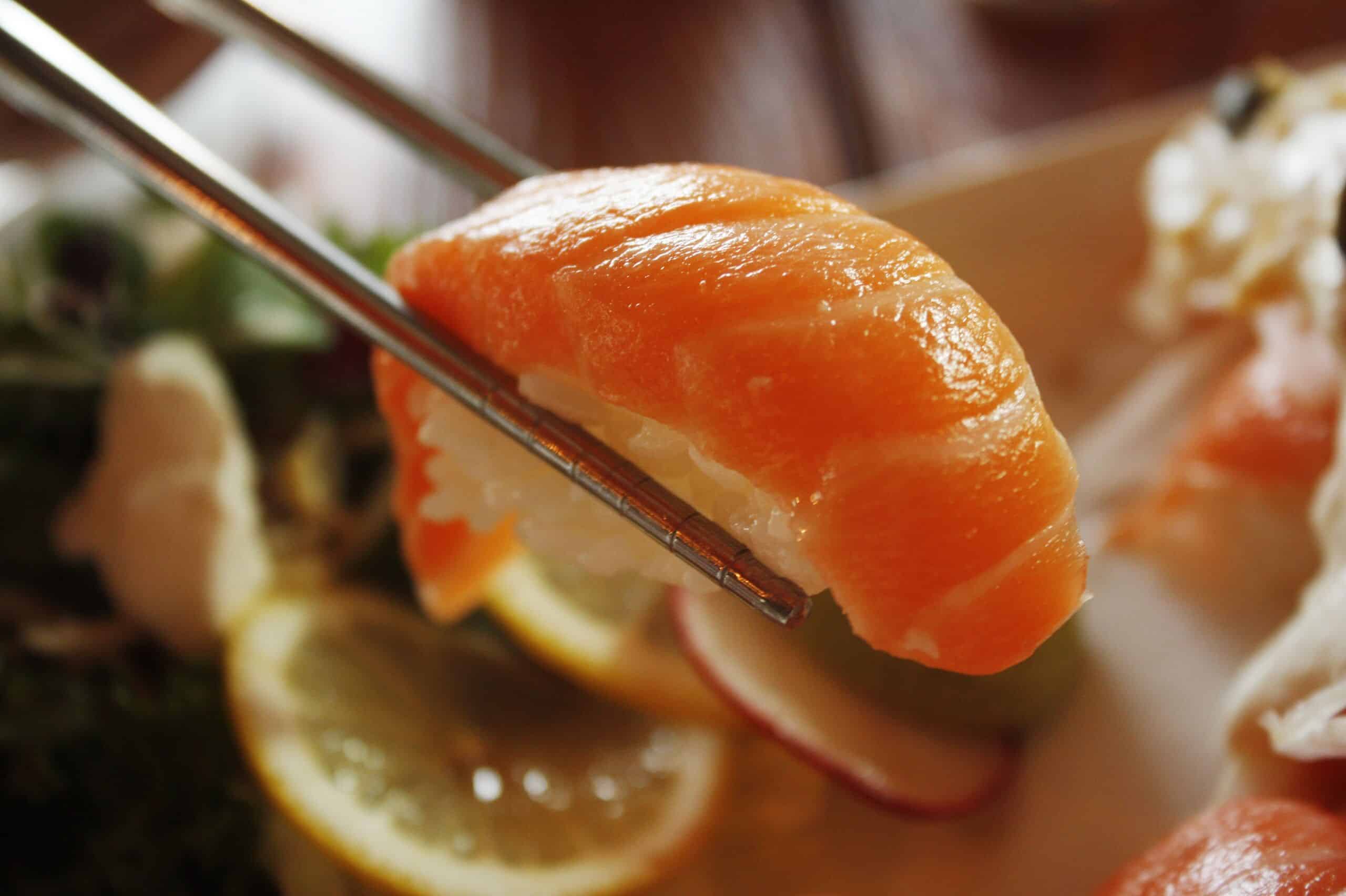


Japan Dining Etiquette – Chopsticks Do and Don’ts
Do :
- Hold your chopsticks properly, not in the middle but leaving about 2/3 of the tip.
- Do place your chopsticks on the chopstick holder and not on the table when not in use.
- If eating from a communal plate, use separate communal chopsticks. If those are not provided, use the other end of your chopsticks to pick up the food.
- When eating rice in Japan, it is customary to use chopsticks to pick up small chunks since Japanese rice is sticky and easy to handle with chopsticks.
Do Not :
- Do not stick your chopsticks upright in your rice bowl – as that is done at funerals as an offering to the deceased. Chopsticks placed like a cross on your bowl also symbolizes death.
- Passing food from chopstick to chopstick is offensive as it resembles Japanese funeral rituals where the deceased’s bones are passed from person to person with a pair of chopsticks into the urn.
- Sucking or licking your chopsticks is bad dining etiquette, and also unhygienic especially if you are eating from a communal plate and using your chopsticks to pick food up.
- Also considered bad dining etiquette – do not wash your chopsticks in a bowl to clean it from bits of food, stab or spear food with a single chopstick, or point your chopsticks at someone; that is considered as rude as pointing to them with your finger.
- Stirring or searching for food from a communal plate, hovering around dishes or pulling a bowl closer to you using your chopsticks is considered rude and greedy.
- Do not dip your sushi into the shoyu ( soy sauce ) rice side down as that will leave a mess of rice floating in the bowl. Dip just a portion of the fish.
4. australia
The largest island and the smallest continent in the world is the most successful multicultural society, uniting a multitude of cultures, experiences, beliefs and traditions. More than three million Australians speak a language other than English at home. As such, the country offers up a wealth of culinary diversity and hospitality.



Australia’s Food Etiquette:
- The Land Down Under is known for being a laid-back and friendly country. When greeting Australians, a simple smile and a handshake with a casual “hello” or “hi, how are you” is sufficient. However, it is best to avoid using their trademark greeting, “G’day mate,” as it may come across as insincere or forced.
- Australians typically use first names right from the start, so formal titles such as “Mr,” “Mrs,” “Miss,” and “Ms” are not commonly used.
- Aussies are well known for their outdoor barbeques (better known as barbie), especially when the weather is good. They generally love spending time outdoors, and this often translates to eating. If you’re invited to a barbeque, it is customary to contact your host or hostess to offer to bring a dish or supplies. It is also common to BYO (bring your own) meat, alcohol, and/or dessert.
- It is polite to offer to help with the setup and clean-up and arrive on time. When it comes to dining etiquette, Australians follow the British tradition of holding the fork in the left hand and the knife in the right (unless you are left-handed). Elbows should be kept off the table during mealtimes. When you’re done eating, set your fork and knife parallel on your plate with the handles facing to the right.
- Australians are known for being resourceful when it comes to food sources. Be adventurous and try kangaroo, crocodile, and emu, which are considered delicacies in Australia.
- It’s not just barbeques all the time; Australia offers one of the most diverse styles of cuisine in the world. It combines ingredients and cooking styles from different cultures in one meal, known as fusion cooking. This is due to the mix of various cultural influences from immigrants who now reside in Australia.
5. italy
Italy is a food paradise but there is far more to eating than just filling your belly. Italians are unsurprisingly fiercely proud of their food and consequently treat their meal times with respect and special etiquette. Mealtimes are never rushed and families often spend several hours slowly making their way through several courses as they enjoy their food together.
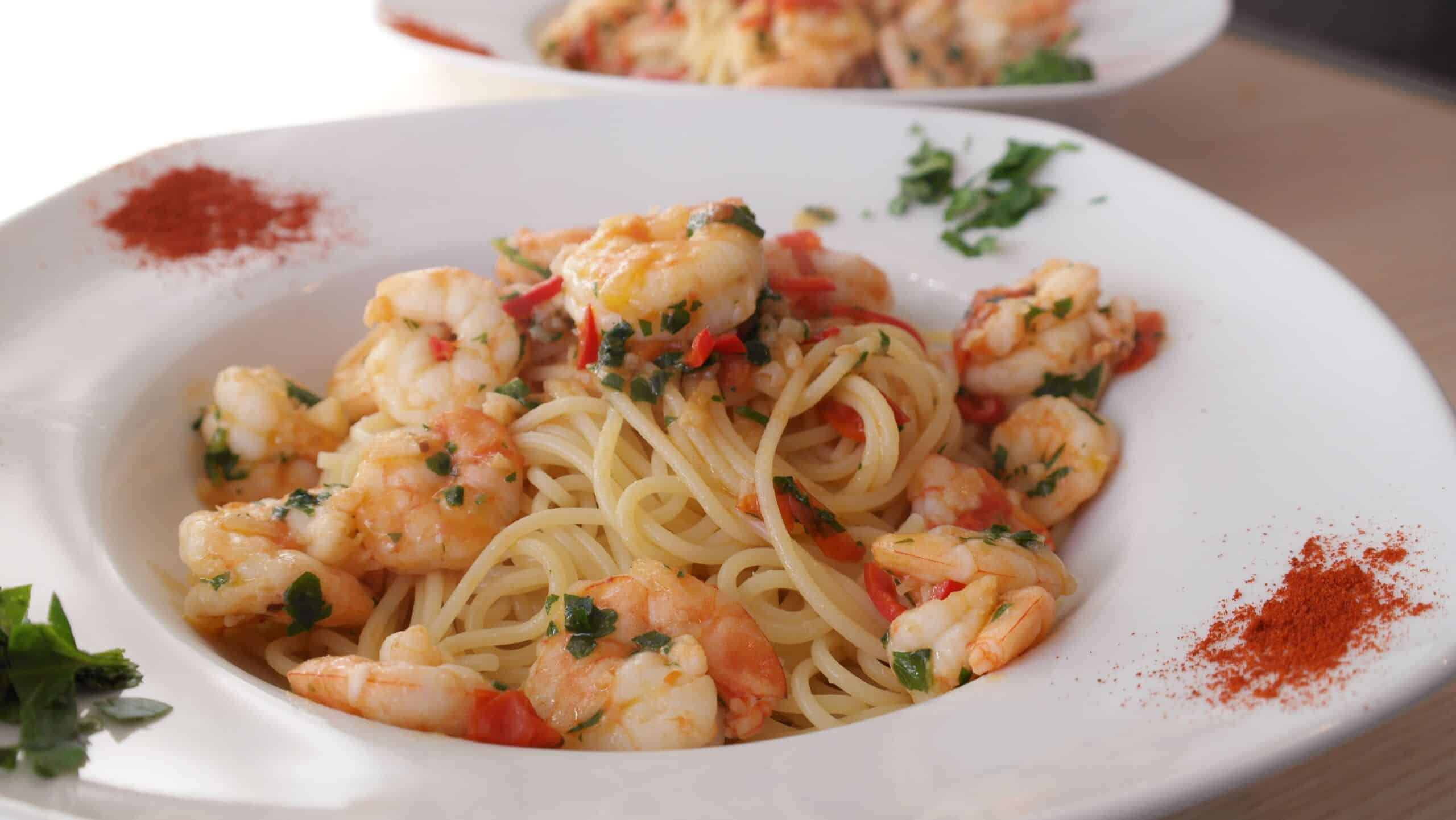


Italy’s Food Etiquette:
- In the land where pizza, pasta and coffee rule, be prepared that the Italians are not early eaters. Restaurants rarely open their doors before 7 pm and it is normal to eat after 8 or even 9 pm. Once you sit down to dinner, it can easily last till after midnight after which you can leisurely take a stroll through the town and chat in the piazzas.
- Make reservations in advance, both for lunch and dinner. Tourists and locals alike eat out frequently so you don’t want to be walking from restaurant to restaurant. It is also a consideration for the chef and kitchen staff so they are better able to prepare for the number of people for that day.
- When ordering food in a restaurant, it is worthwhile to ask about the local specialities. This makes the restaurant staff proud of their region, plus you will be helping to support the local economy.
- When eating pasta, do not cut your pasta with a knife. The only utensil that should touch your pasta should be a fork. Learn to twirl the pasta with a fork the Italian way!
- You usually will be given oil and vinegar as condiments; refrain from asking for salad dressing.
- There will always be a bread basket; use the bread to sop up leftover pasta sauce. This is known as “fare la scarpetta” and is a perfectly acceptable ( and appreciated ) practice in family homes and most restaurants
- In Italy, servers think it is rude to rush you from your table so you will not see them coming at you with the bill, like in crowded Chinese restaurants here! When you are ready, ask for the bill.
- If you have enjoyed the meal and are happy with the service, you should leave a tip of around 10 to 15% of the bill, preferably in cash.
- Never order a cappuccino while eating dinner in a restaurant; it is believed to destroy the harmony of the courses. Instead, follow the Italian culture of ordering an espresso ( black coffee ) after dessert,
- Fill your neighbour’s glass of wine or water before you fill up your own.
- If you are an invited guest, wait until the host of the party announces “Buon Appetito”, before you start to eat.
- If you have been invited to dine as a guest, either at a restaurant or at a family home, it is good manners to bring a gift. It does not have to cost a lot but can be a thoughtful measure like a nice bottle of wine or some flowers.
Learning about food etiquette in different parts of the world can enhance our dining experiences and help us appreciate and respect the diverse cultural traditions surrounding food. By following the customs and manners of the locals, we can enjoy our meals to the fullest and show our appreciation for the food, culture, and hospitality of the places we visit.
Whether we are dining in Italy, Japan, India, or any other country, being mindful of the local food customs and etiquette is a key part of cultural immersion and a great way to expand our horizons.
Get inspired to try the food etiquette in a new holiday destination!
REACH OUT TO US AT +603 2303 9100
OR [email protected]
You may also be interested in:
